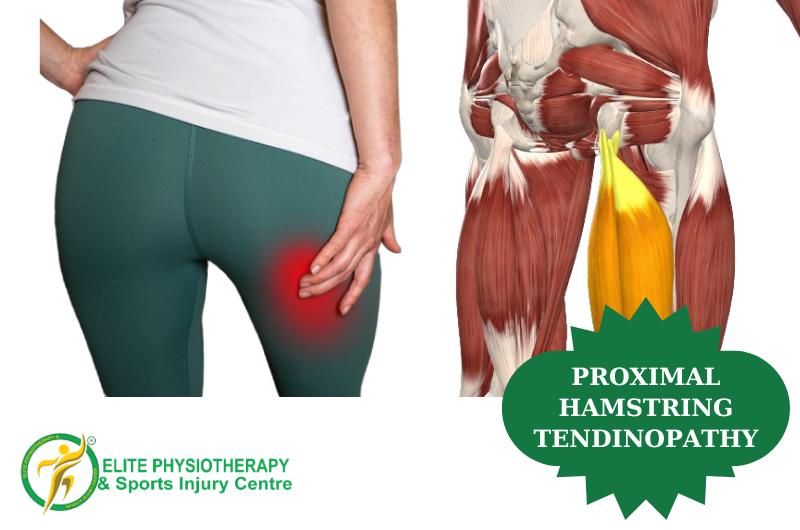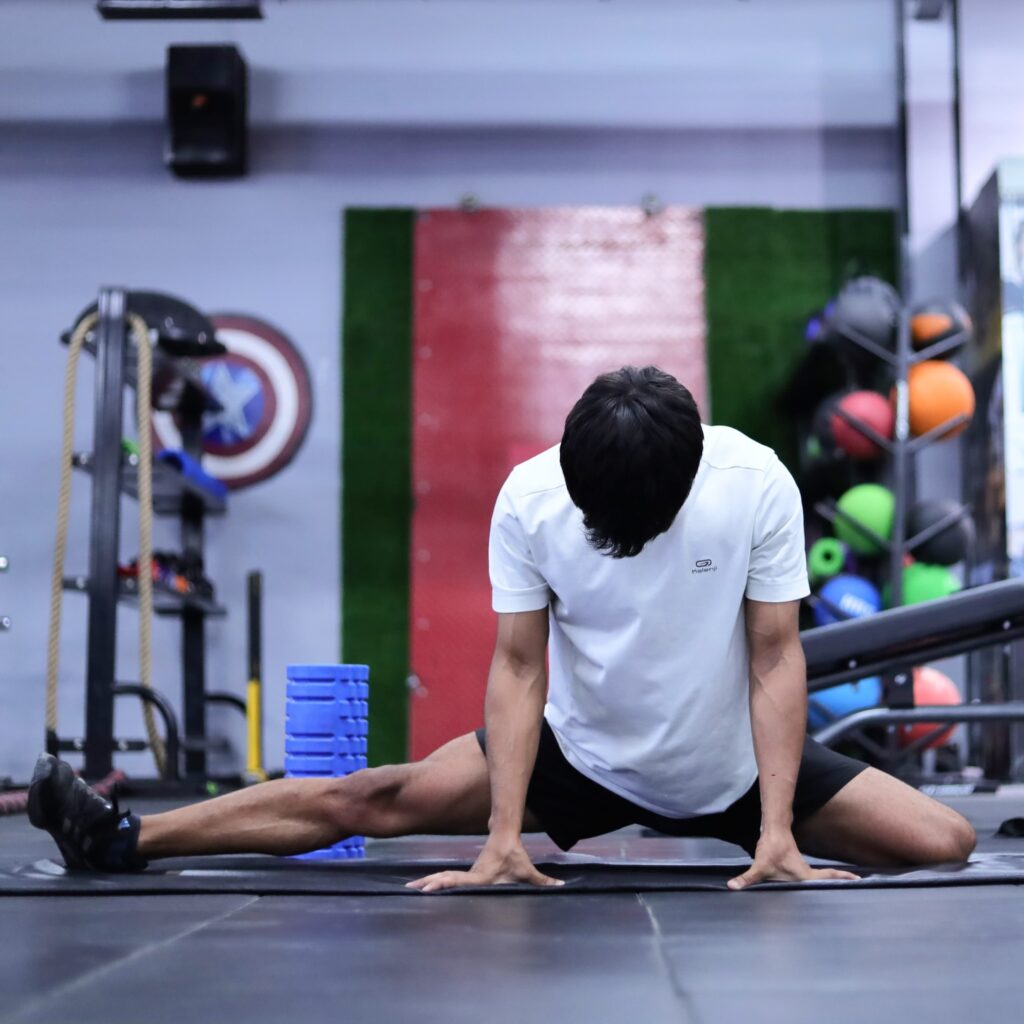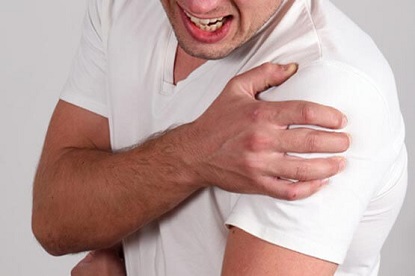
What is Proximal Hamstring Tendinopathy?
Proximal Hamstring Tendinopathy (PHT) is a condition characterized by pain and inflammation at the tendon attachment of the hamstrings to the ischial tuberosity, located in the lower buttock area. It’s commonly seen in athletes who engage in sports requiring repetitive running, jumping, or kicking.
What are the common symptoms of Proximal Hamstring Tendinopathy?
The most common symptoms of PHT include:
- Deep pain in the lower buttock and posterior thigh, particularly when sitting or stretching the hamstring. Pain aggravates after activity and gradually lowers down after a few minutes.
- Running, Jumping, and Climbing stairs can worsen the pain.
- Stiffness and weakness in the hamstring muscle.
- Swelling and tenderness at the ischial tuberosity (attachment point of hamstring).
How is Proximal Hamstring Tendinopathy Diagnosed at Elite Physiotherapy and Sports Injury Centre?
At Elite Physiotherapy and Sports Injury Centre, our diagnosis process for PHT includes:
- Clinical Evaluation: We conduct a thorough physical examination, assessing the range of motion, strength, and tenderness in the hamstring region.
- Special Tests: Our skilled physiotherapist performs some special tests such as
- Passive knee stretch test
- Bent knee stretch test
- Puranen-Orava test
- Palpation: Palpation of ischial tuberosity can indicate tenderness at the site.
- Loading Test: This provocative test includes some exercises to load your hamstring tendon. The test will be positive if the pain reappears. Test include:
- single leg bent knee bridge.
- The long lever bridge.
- Single leg deadlift.
What are the causes of Proximal Hamstring Tendinopathy?
- Overuse: Repetitive strain from running, kicking, or prolonged sitting.
- Training Error: Sudden Increase in the volume, intensity, or duration of exercise without adequate conditioning.
- Biomechanical Issues: Poor running form, muscle imbalances, or previous injuries can contribute to the development of PHT.
- Inadequate Recovery Time.
Differential Diagnosis:
- Pain in the buttock combined with pain in the lower back or pain radiation to lower thigh and calf may referred to as lumbar spine pathology like disc dysfunctions.
- Localized constant pain can be due to ishiogluteal bursitis.
- If the pain location is higher up from the ischial tuberosity there might be a problem in the piriformis muscle.
- Pain near to SI joint refers to pelvic stress fracture inflammation or SI joint dysfunction.
- Sciatic nerve irritation due to piriformis muscle tightness.
- Deep gluteal muscle tear.
- Partial or complete rupture of proximal hamstring tendon.
How can proximal hamstring tendinopathy be treated?
At Elite Physiotherapy and Sports Injury Centre, we offer a comprehensive treatment plan for proximal hamstring tendinopathy that includes:
- Rest and Activity Modification: Reducing activities that aggravate the pain is crucial. We provide personalized advice on modifying your exercise routine.
- Physiotherapy: Our expert physiotherapists design specific exercises to strengthen and stretch the hamstrings, glutes, and core muscles.
- Manual Therapy: Techniques such as massage, dry needling, and myofascial release help reduce pain and improve tissue flexibility.
- Cross-training: It will help in maintaining cardiovascular fitness as well as reduce the load.
- Rehabilitation: Progressive loading with pain monitoring will help in pain reduction and restore functions. following are the stages of rehabilitation:
- Isometric hamstring loading.
- Isotonic hamstring loading with minimal hip flexion.
- Isotonic exercises in increased hip flexion.
- Energy storage loading.
- Shockwave Therapy: For some patients, we use shockwave therapy to promote healing and reduce pain.
- Gradual Return to Activity: We guide patients through a structured return-to-sport program to ensure a safe and effective recovery.
What can be done to prevent this?
Prevention strategies include:
- Proper Warm-Up: Always warm up before engaging in physical activities to prepare your muscles and tendons.
- Strengthening Exercises: Incorporate exercises that strengthen the hamstrings, glutes, and core into your routine.
- Flexibility Training: Regular stretching helps maintain flexibility in the hamstrings and surrounding muscles.
- Gradual Progression: Increase the intensity and duration of your activities gradually to avoid overloading the tendons.
Why choose Elite Physiotherapy and Sports Injury Centre?
At Elite Physiotherapy and Sports Injury Centre, we pride ourselves on offering personalized care tailored to each patient’s needs. Our team of experienced physiotherapists uses the latest evidence-based practices to ensure effective treatment and prevention of sports injuries. We are dedicated to helping our patients achieve optimal recovery and return to their active lifestyles.
How can someone get started with treatment at Elite Physiotherapy and Sports Injury Centre?
To start your journey towards recovery, simply contact us to schedule an appointment. Our friendly staff will guide you through the process, and our skilled physiotherapists will develop a personalized treatment plan to address your specific needs.



